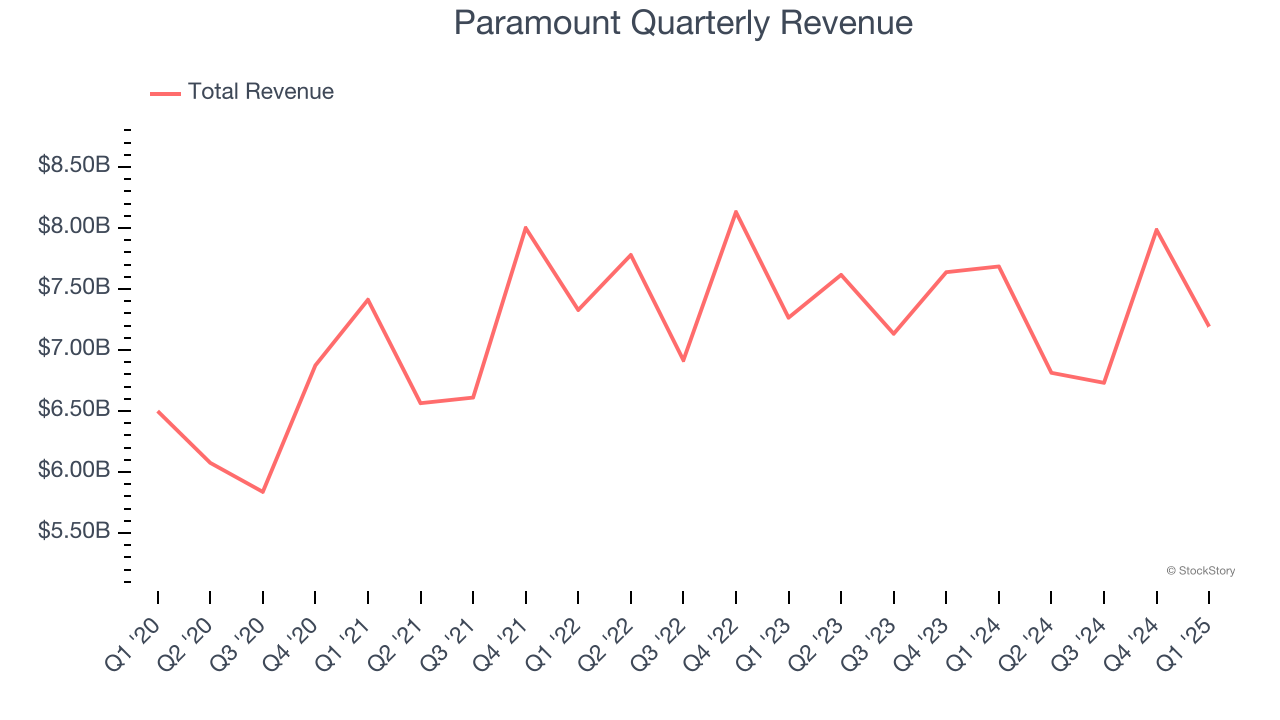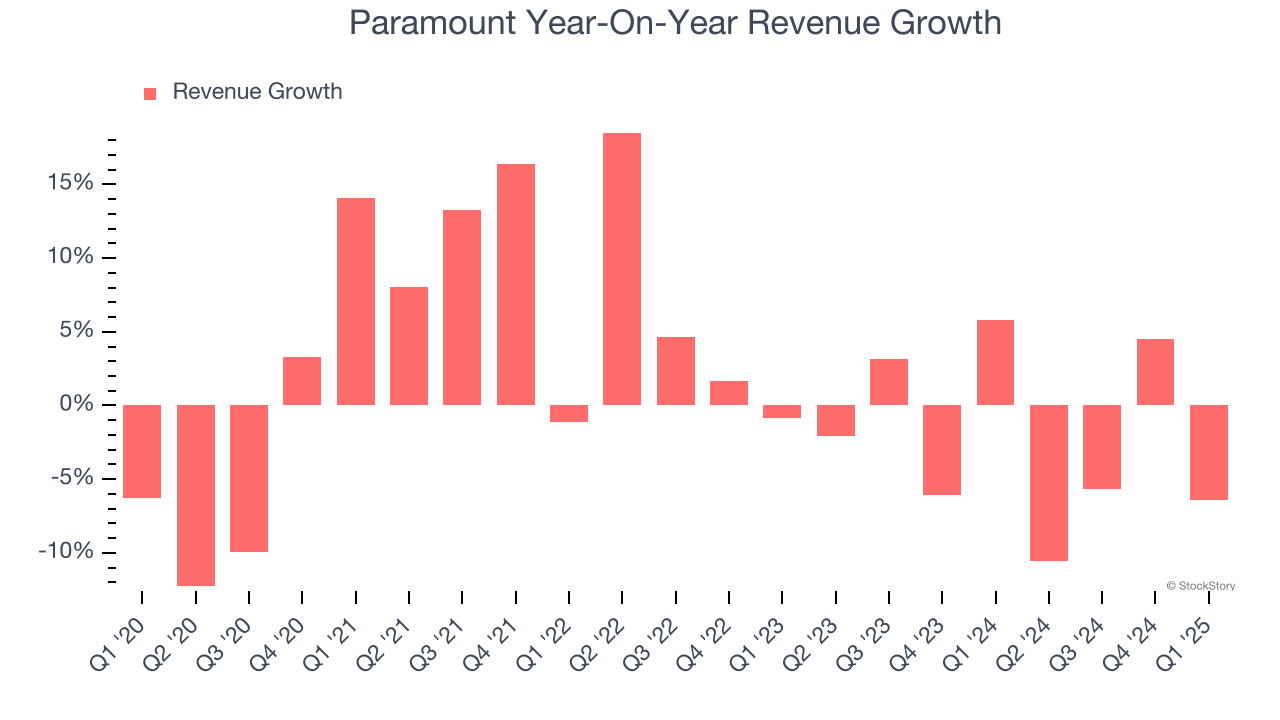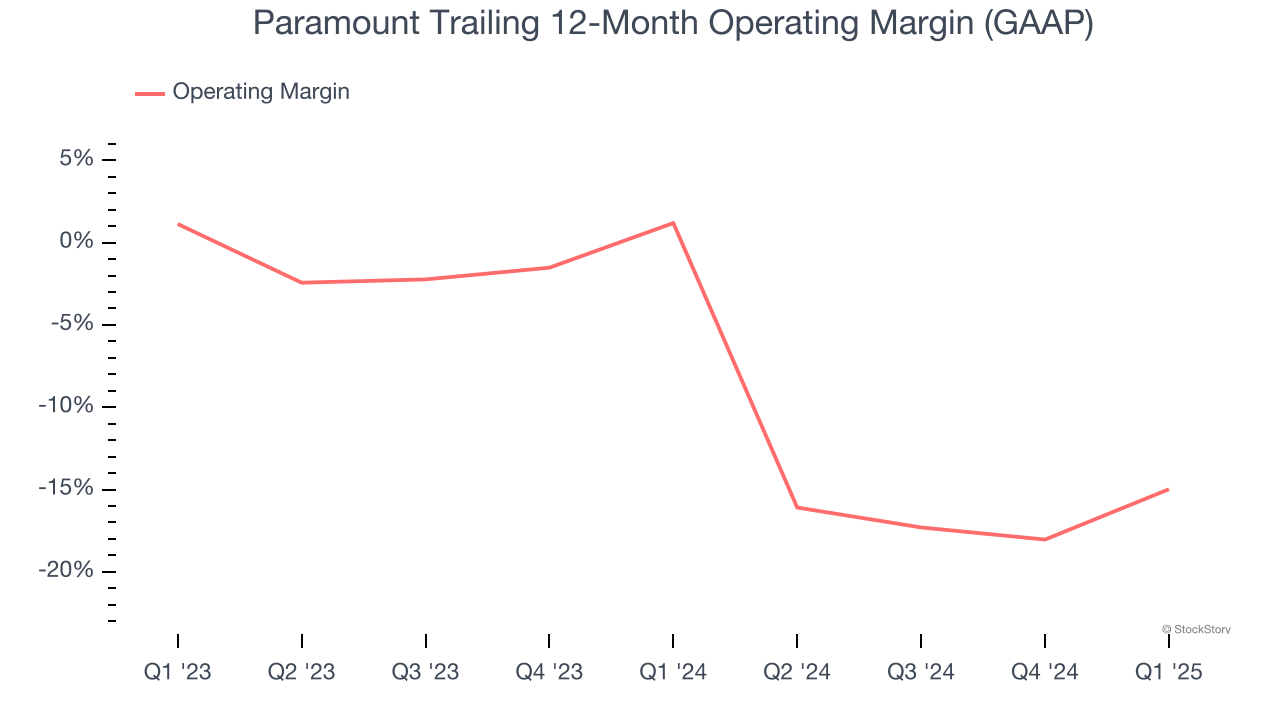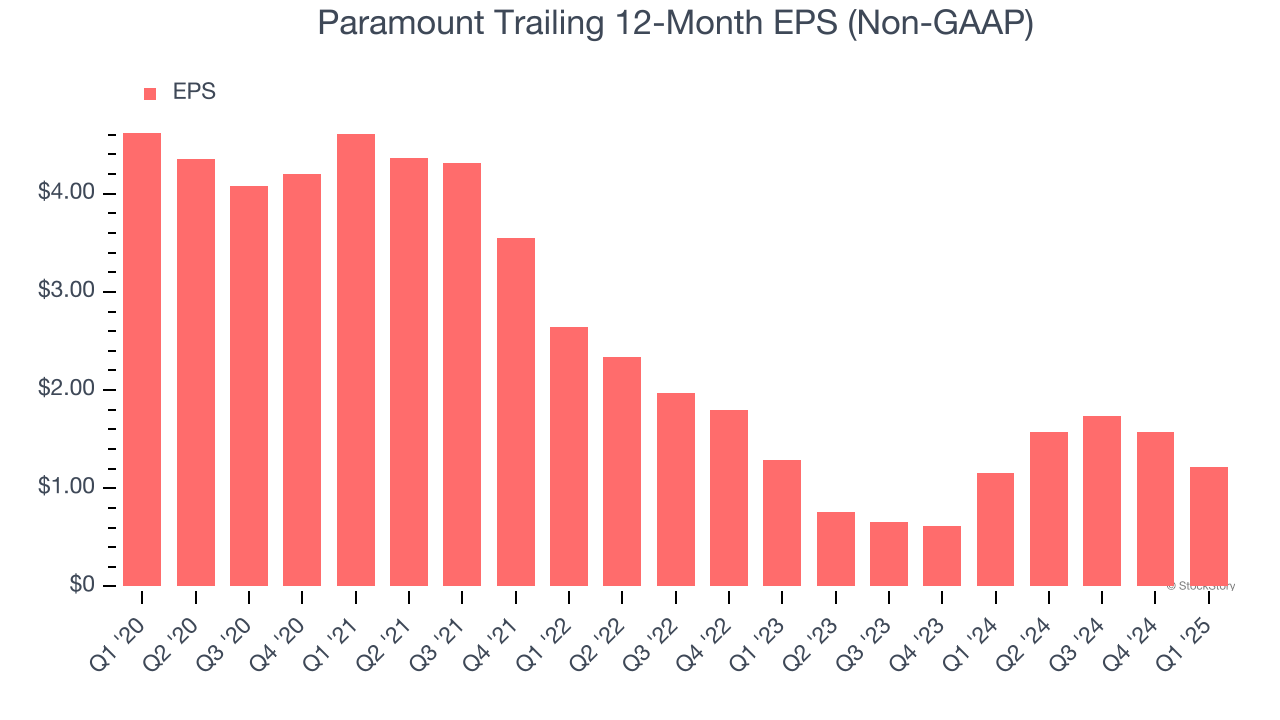Financial News
More News
View More
Five Below and Dollar Tree Earnings Signal a Shopper Shift ↗
Today 7:15 EST
Ulta’s Stock May Be Set for a Glow-Up—20% Upside Ahead? ↗
December 06, 2025
Gates Foundation Sells MSFT Stock—Should Investors Be Worried? ↗
December 06, 2025
MarketBeat Week in Review – 12/1 - 12/5 ↗
December 06, 2025
Recent Quotes
View More
Stock Quote API & Stock News API supplied by www.cloudquote.io
Quotes delayed at least 20 minutes.
By accessing this page, you agree to the Privacy Policy and Terms Of Service.
Quotes delayed at least 20 minutes.
By accessing this page, you agree to the Privacy Policy and Terms Of Service.
© 2025 FinancialContent. All rights reserved.












